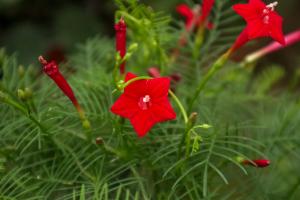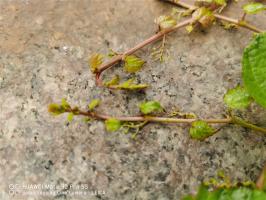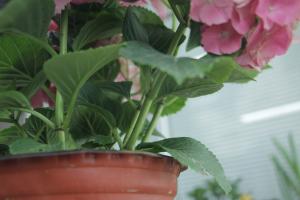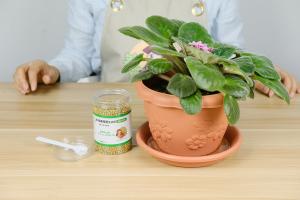Drink some enzyme water for the flowers. The fragrance of the flowers can float for 2 miles
Friends who often raise flowers must be familiar with enzymes, but you know, the remaining watermelon peel is also a good material for enzymes

1. Save the rest of the watermelon peel and cut it into small pieces. The red pulp on the watermelon peel can not be removed. The red pulp contains a lot of sugar, which is conducive to fermentation
2. Prepare a clean plastic bucket. If the bucket is very dirty, put a handful of mung beans, pour some water and shake hard, and the bucket will be cleaned up
3. The production of enzymes generally requires some brown sugar, but the watermelon pulp itself has a lot of sugar, so there is no need to add additional brown sugar, but if there are other peel at home, you can put it together
4. Put the cut watermelon peel and other peels into a plastic bucket, add water, gently screw the bottle cap a few times, do not tighten it, and ferment in a place with bright light and good ventilation
5. The enzyme will produce a lot of gas in the fermentation process. Even if the bottle cap is not tightened, open the bottle cap every few days to release the gas. Friends who feel troublesome can put a balloon on a plastic bucket instead of a bottle cap
6. The enzyme can be fermented in about a month. After fermentation, the watermelon enzyme is prepared according to the ratio of 1:500 to water, and the gardenia is watered every half a month. The Gardenia will bloom big and fragrant
Jasmine drinks some watermelon water, and the flowers are bubbling
Recently, many flower friends asked Huahua why the jasmine at home has not bloomed? Today, Huahua teaches you a trick. Drink some watermelon water for jasmine and make sure there are more and more buds

1. Scrape the red pulp of the leftover watermelon peel with a small spoon, so that no insects will be attracted when watering the flowers
2. Put the scraped watermelon skin into a basin and rinse it with clean water several times to avoid residual sugar
3. Cut the watermelon peel into small pieces and put it into a plastic bucket. Don't fill it too full. Just twist the bottle cap a few times. Usually every few days, if the flatulence is too severe, open the bottle cap to breathe
4. If you have a blender at home, you can directly stir the watermelon peel into juice, which will ferment faster
5. Put the plastic bucket in a sunny place and fully expose to the sun. In about 20 days, the watermelon peel solution is fermented successfully
6. The fermented watermelon peel solution is acidic. Pour jasmine with water in the ratio of 1:50. You will find that Jasmine begins to grow small buds continuously for 3-5 times
The watermelon peel is buried in the soil, and the flowers bloom and flourish
In addition to adding water to make enzymes, watermelon peel can also be buried in the soil. After full fermentation, it will become a nutrient rich nutrient soil

1. Cut the leftover watermelon into small pieces, so that the decomposition time will be shorter and the decomposition will be more sufficient
2, prepare 2-3 sturdy plastic bags and a pot of garden soil. If there are more watermelon skins, you can directly prepare a foam box. p>
3. First lay a layer of soil in the plastic bag, about 3-5cm, then put a layer of watermelon peel, and finally cover it with soil
4. Tie the plastic bag tightly. The plastic bag is easy to break when exposed to the sun. It is recommended to set more bags and then ferment in a place with good sunshine
5. In about 1-2 months, the flower soil will ferment almost
6. The fermented flower soil is rich in nutrients, so what you plant is prosperous

 how many times do yo...
how many times do yo... how many planted tre...
how many planted tre... how many pine trees ...
how many pine trees ... how many pecan trees...
how many pecan trees... how many plants comp...
how many plants comp... how many plants can ...
how many plants can ... how many plants and ...
how many plants and ... how many pepper plan...
how many pepper plan...






























